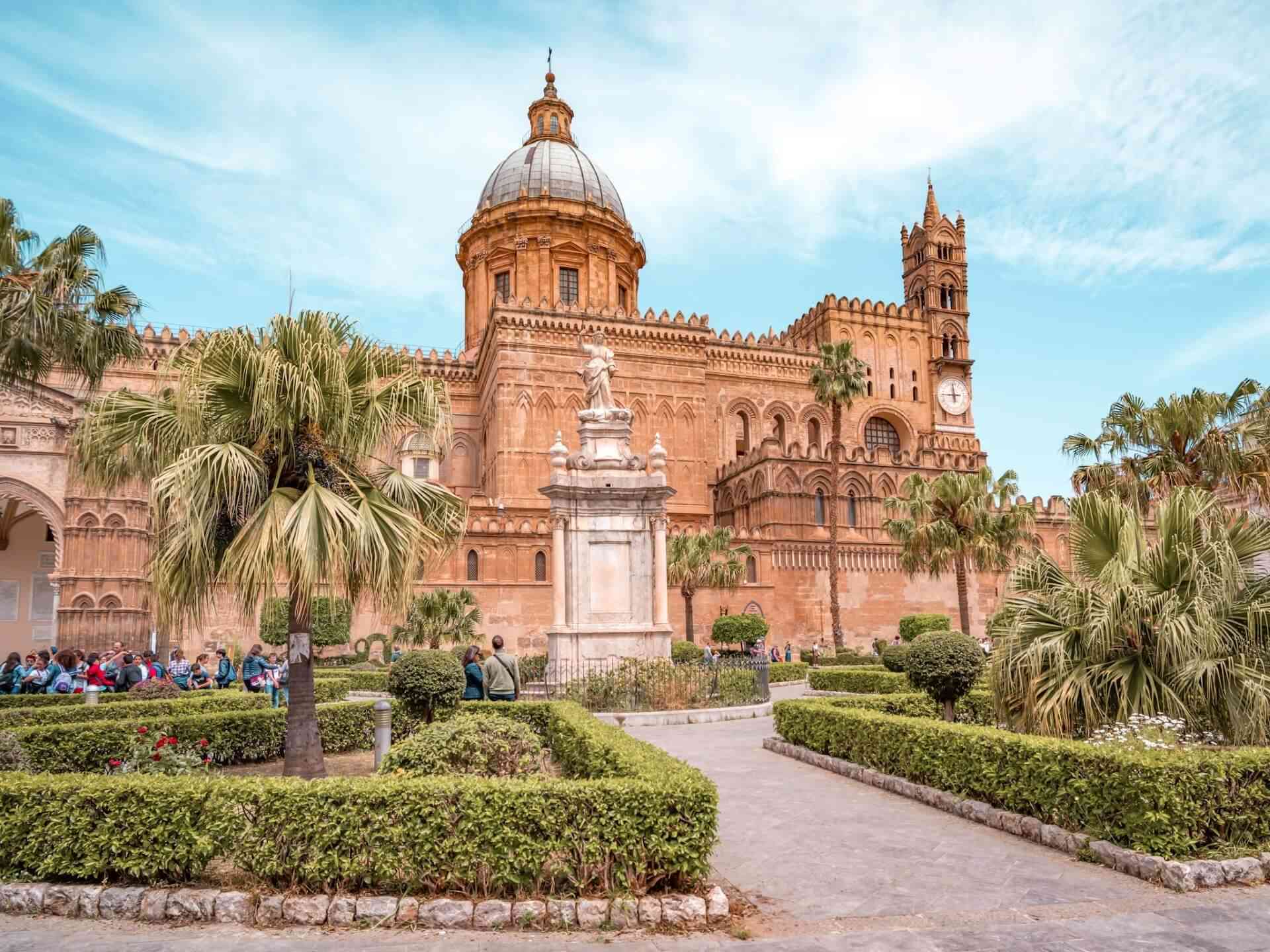
Michelangelo’s David is generally regarded as one of the supreme artistic creations in the history of the world. Housed in the Galleria dell’Accademia in Florence, the colossal statue is breath-taking, magnificent, and inspiring. A visit to see David should be a bucket list item for any art lover.
David was completed in 1504, and in the 700 years since it has become an iconic image. Like any iconic image in the modern world, David has been commoditized. You can buy fluorescent plastic reproductions of the statue, t-shirts of David blowing a bubble or David hoisting a wine glass, or other goods featuring various parts of his body or face. But . . . is that proper? Or, should Italy be able to protect the dignity of this monumental artwork, and prevent it from becoming the subject of the kind of trashy junk sold in souvenir shops?
That’s an important question, because the director of the Galleria dell’Accademia has been using an Italian law to stop commercial exploitation of images of David that she considers to be “debasing.” She has encouraged the state’s attorney office to bring lawsuits under Italy’s cultural heritage code, which protects artistic works from disparaging and unauthorized commercial use. In most countries, artwork falls into the public domain within a set period after the death of the creator–and once a piece falls into the public domain, people are free to make use of its image. Interestingly, Italy is one of many countries that has signed a convention recognizing that approach.
The world obviously doesn’t need more cheap plastic knock-offs of David any more than it needs more t-shirts of the Mona Lisa wearing sunglasses–but there are obvious issues of free expression and free speech that also come into play. Who is to decide what is to be considered “debasing” or disparaging, or what should be authorized? Should Monty Python, for example, have been permitted to use the image of Botticelli’s Birth of Venus in a hilarious and arguably disrespectful way in one of its shows?
I come down on the side of free speech on this issue, and I think the notion of allowing artwork to pass into the public domain within a reasonable period after the artist’s death makes sense. And, at bottom, I really don’t think that the commercial uses of David are “debasing” of the artwork itself. I think that David, the Mona Lisa, Van Gogh’s self-portrait, and other supreme artistic accomplishments can withstand some crass commercial profiteering. If anything, that cheap neon plastic statue of David might just cause someone to want to go see the awe-inspiring original, in all its glory.







 But . . . it’s 2020, which means everything has changed. With Italy being a COVID-19 “hot spot” in the early days of the pandemic, and the United States and other countries continuing to deal with coronavirus issues,
But . . . it’s 2020, which means everything has changed. With Italy being a COVID-19 “hot spot” in the early days of the pandemic, and the United States and other countries continuing to deal with coronavirus issues,  Hidden under its ashy cloak, Pompeii lay undisturbed, and forgotten, for hundreds of years. The blanket of ash had the effect of preserving the town as it existed on the date of the eruption. Excavation of the site at Pompeii didn’t begin until the mid-1700s, and continued haphazardly until the mid-1800s, when systemic, organized preservation efforts began and Pompeii became known as a unique opportunity to get a glimpse of what everyday life was like during the heyday of Rome.
Hidden under its ashy cloak, Pompeii lay undisturbed, and forgotten, for hundreds of years. The blanket of ash had the effect of preserving the town as it existed on the date of the eruption. Excavation of the site at Pompeii didn’t begin until the mid-1700s, and continued haphazardly until the mid-1800s, when systemic, organized preservation efforts began and Pompeii became known as a unique opportunity to get a glimpse of what everyday life was like during the heyday of Rome. That’s right — a knife and fork. De Blasio went to a well-known Staten Island pizzeria for a sit-down meal, started strong by ordering a sausage and smoked mozzarella pie, and then botched it by carving up his slice with a knife and spearing each piece with a fork. New Yorkers went bonkers, and
That’s right — a knife and fork. De Blasio went to a well-known Staten Island pizzeria for a sit-down meal, started strong by ordering a sausage and smoked mozzarella pie, and then botched it by carving up his slice with a knife and spearing each piece with a fork. New Yorkers went bonkers, and 
 Six scientists and a government official were convicted in an Italian court of multiple counts of manslaughter for giving a falsely reassuring statement about a possible earthquake and were sentenced to six years in prison
Six scientists and a government official were convicted in an Italian court of multiple counts of manslaughter for giving a falsely reassuring statement about a possible earthquake and were sentenced to six years in prison Consider the fact that, in northern Italy, a winery makes and sells vintages with labels featuring Hitler on the label. A
Consider the fact that, in northern Italy, a winery makes and sells vintages with labels featuring Hitler on the label. A  Unfortunately, the Trevi Fountain is badly in need of repair. Earlier this year, some pieces of the 250-year-old fountain —
Unfortunately, the Trevi Fountain is badly in need of repair. Earlier this year, some pieces of the 250-year-old fountain —